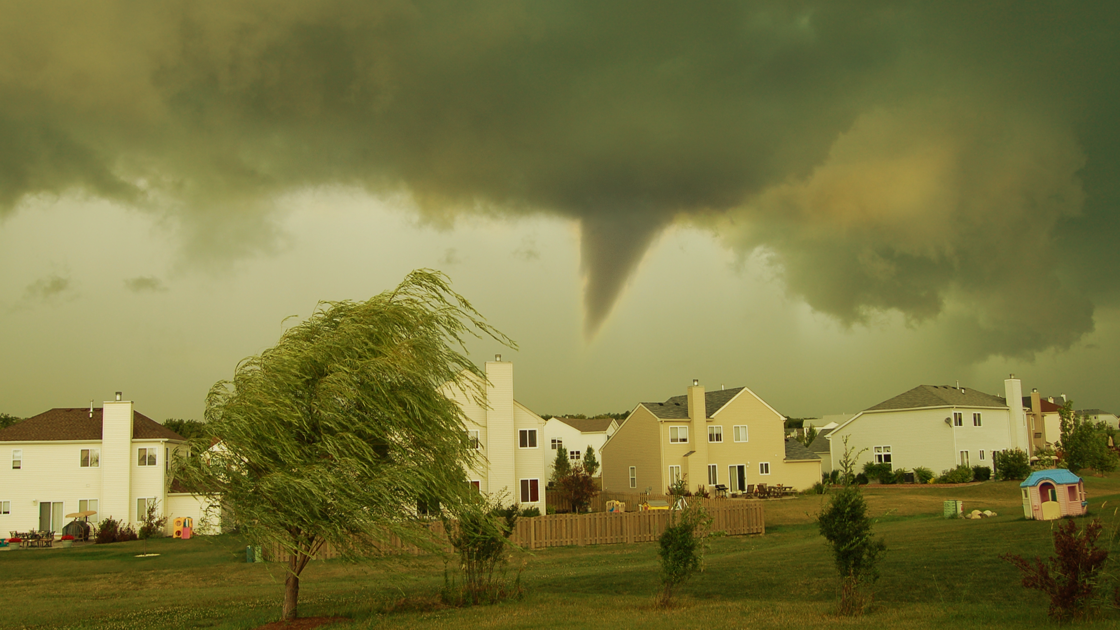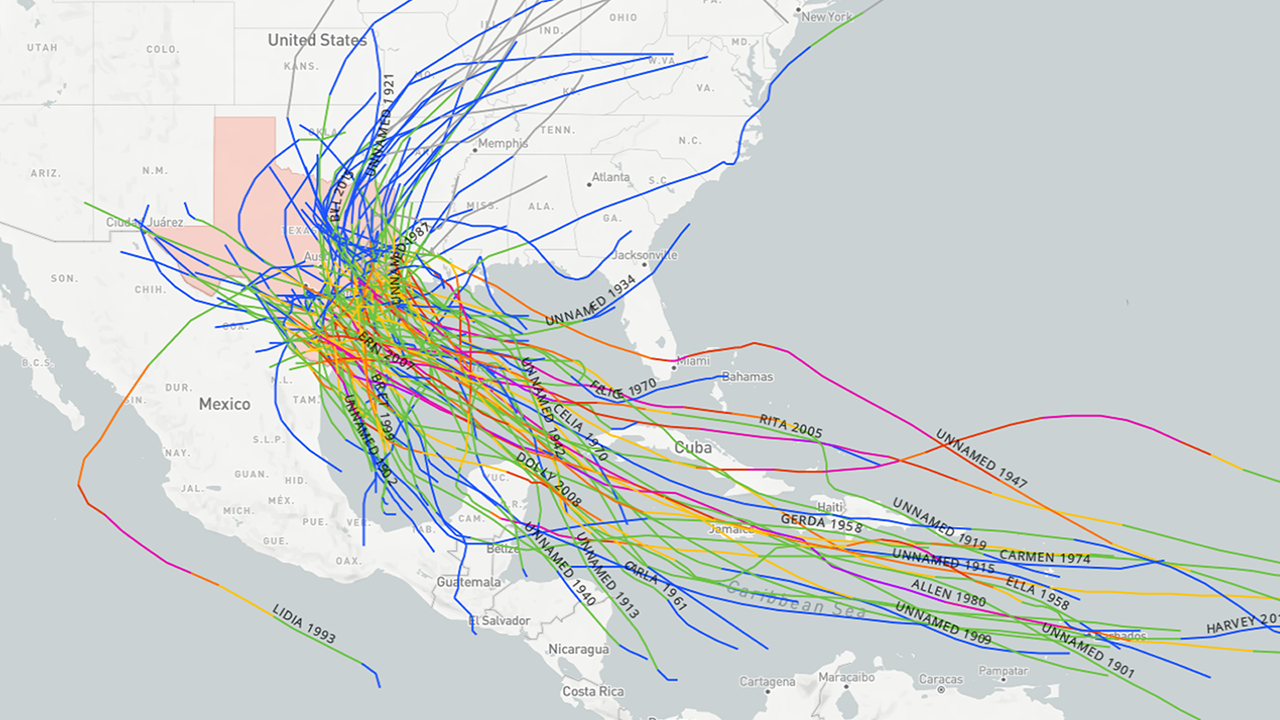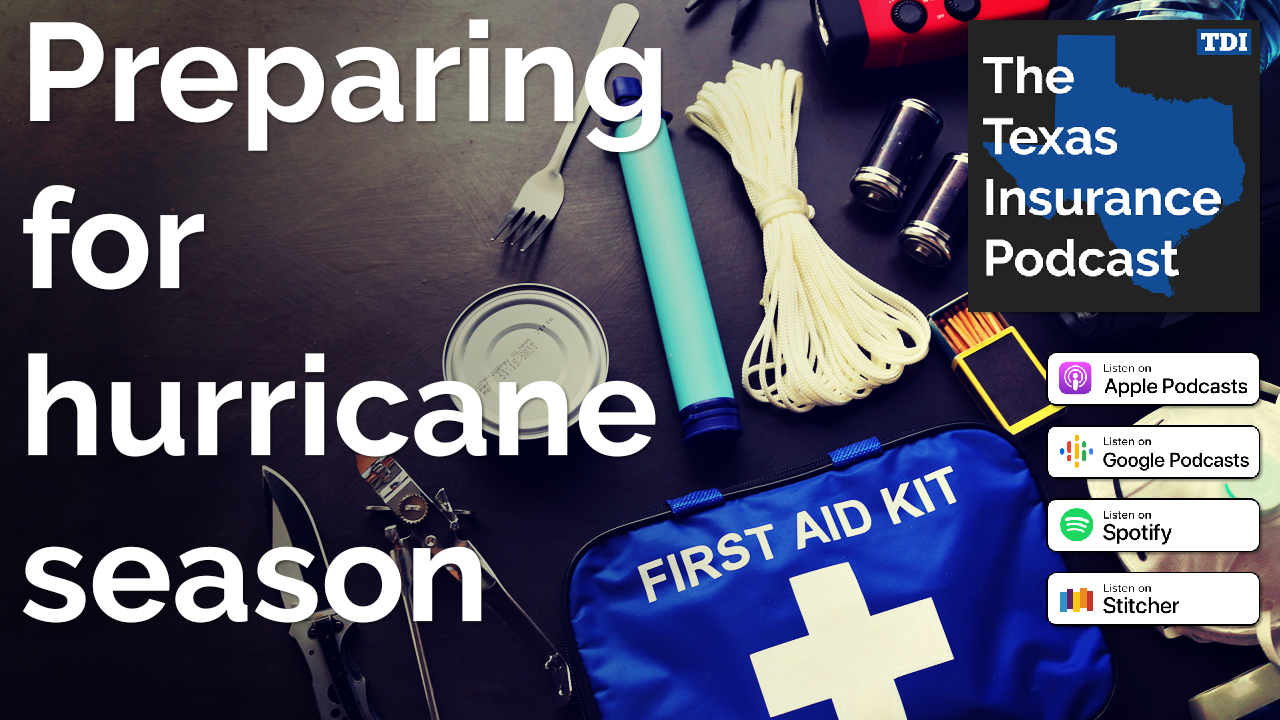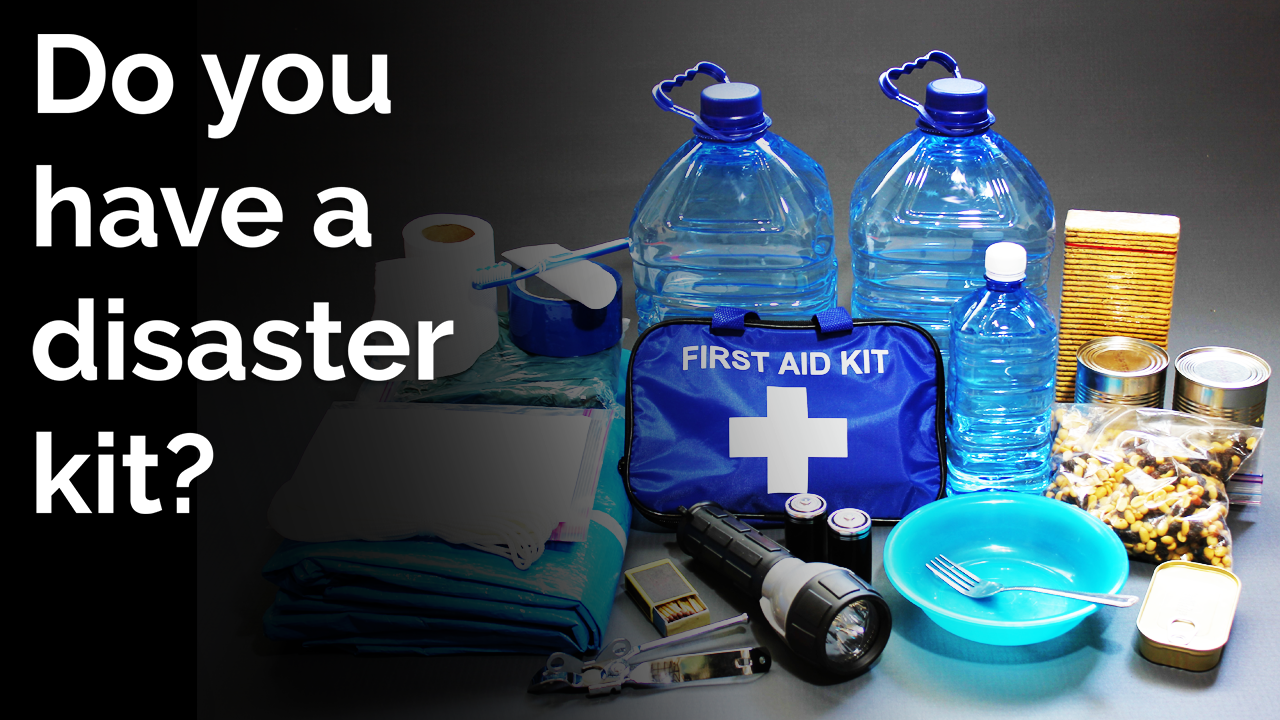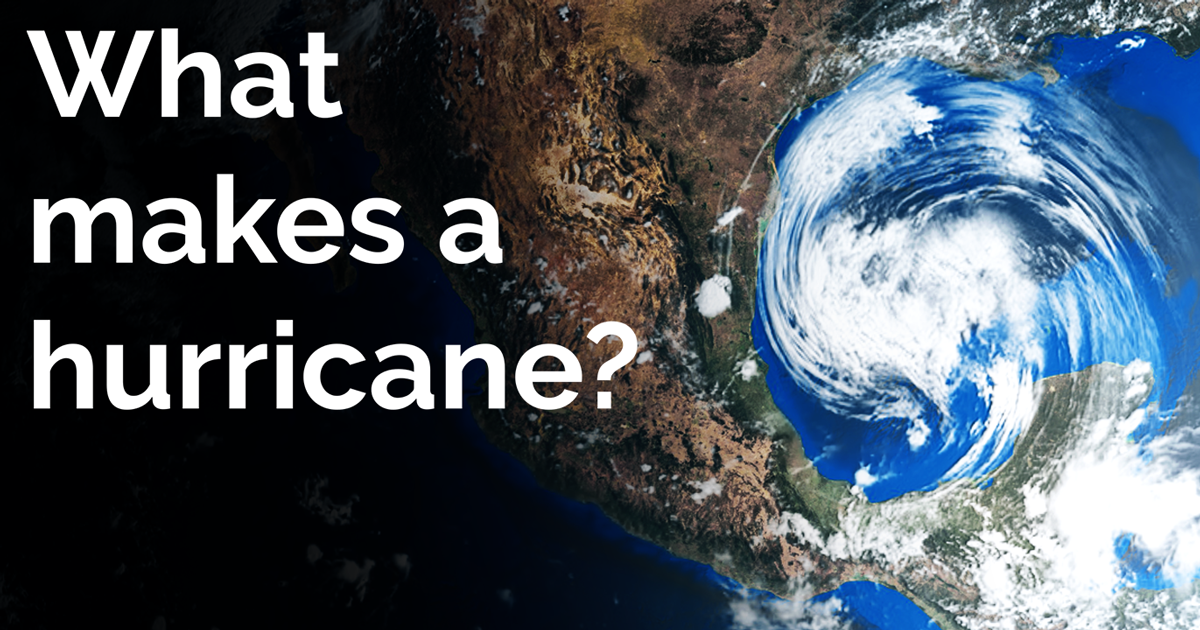April 9, 2024
Danger, danger! Don’t mix up tornado watches and warnings
Ever mix up a tornado watch with a tornado warning?
Big difference!
- A tornado watch means keep an eye out for a possible tornado.
- A tornado warning means a tornado’s been spotted in your city or county.
Tornado warning in your area? Take cover.
People in a warning zone need to take cover immediately. If you’re in a vehicle, trailer, or mobile home, leave and head to the closest building if you have time.
If you’re in a house or building, go to an interior room, bathroom, or closet on the lowest level. Cover yourself with blankets, towels, or a mattress to stay safe from falling debris. Never open windows; it doesn’t help equalize pressure. But you should shut all your doors because that will help reduce the chance that your roof will blow off.
If you’re driving, don’t stop under bridges or overpasses. They don’t offer protection from tornadic winds or flying debris. If you can’t get to a building, lie flat and face down in the nearest ditch or depression. Cover your head with your hands.
Tornado watch in your area? Get ready.
Tune in to your local weather report to keep track of the tornado watch. Get ready to move to a safe space.
A tornado watch area is often large, covering counties, even states.
If you are under a tornado watch:
- Review your emergency plans.
- Bring in or secure outdoor objects that might blow around.
- Check supplies, such as batteries, flashlights, water, non-perishable food, and medicines.
- Identify your safe room.
Summing up: A tornado watch means get ready. A tornado warning means move quickly to safety.
Learn more
- Are you prepared for a tornado? Here’s how to protect your home
- What are some common facts about tornadoes? (video)
- For more insurance tips, visit our before the storm page.
- Division of Workers' Compensation tips: Tornado Safety (PDF) | Seguridad en caso de tornados (PDF)
August 16, 2023
Hurricanes predicted? We have tips to prepare.
Texas and the U.S. could be in for another busy hurricane season.
The National Oceanic and Atmospheric Administration (NOAA) predicted that 14 to 21 named storms would develop over the Atlantic Ocean during hurricane season, which runs from June through November. The agency said there could be six to 11 hurricanes including two to five major hurricanes.
Colorado State University experts forecast 18 named storms this year with seven becoming hurricanes, including three major hurricanes. They also warned there’s a 67% chance that a named storm impacts Texas.
The good news is that Texans have time to prepare.
Some tips:
- Consider buying flood insurance. Flood damage isn’t covered by your home insurance. Don’t wait too long: It typically takes 30 days for flood policies to take effect.
- Write a family disaster plan. Start on the TexasReady.gov website
- Decide where and how far you’ll go if you evacuate.
- Build a “go-kit” with food, medicine, clothes, pet food, and other vital supplies.
- Make a room-by-room home inventory. This could help later if you file a claim.
Learn more
Plan to be safe before a hurricane hits Texas
Hurricane season: How to prepare your home and property
Flood insurance: Why you need a policy
May 2, 2023
Plan to be safe before a hurricane hits Texas
The Texas Division of Emergency Management (TDEM) regularly leads the state’s response to natural disasters including summer storms and hurricanes.
It also wants Texans to plan ahead to stay safe.
For instance, it’s a good idea to keep emergency “go-kits”— basic disaster supplies including food, water, medicine, clothes, and other vital items — in your home, office, and car.
Also wise: Settle with family members ahead of time where you’re going to go if a bad storm hits. And if you think you might need flood insurance, shop before you hear a scary weather forecast. It takes 30 days for a flood policy to take effect.
View podcast Q&A: How to prepare for hurricane season
Learn more
- Hurricane season: How to prepare your home and property
- Flood insurance: Why you need a policy
- Before the storm
- Texas Ready disaster supply checklist
June 23, 2022
When a storm enters the Gulf, it’s too late to ask: ‘Do I have enough insurance?’
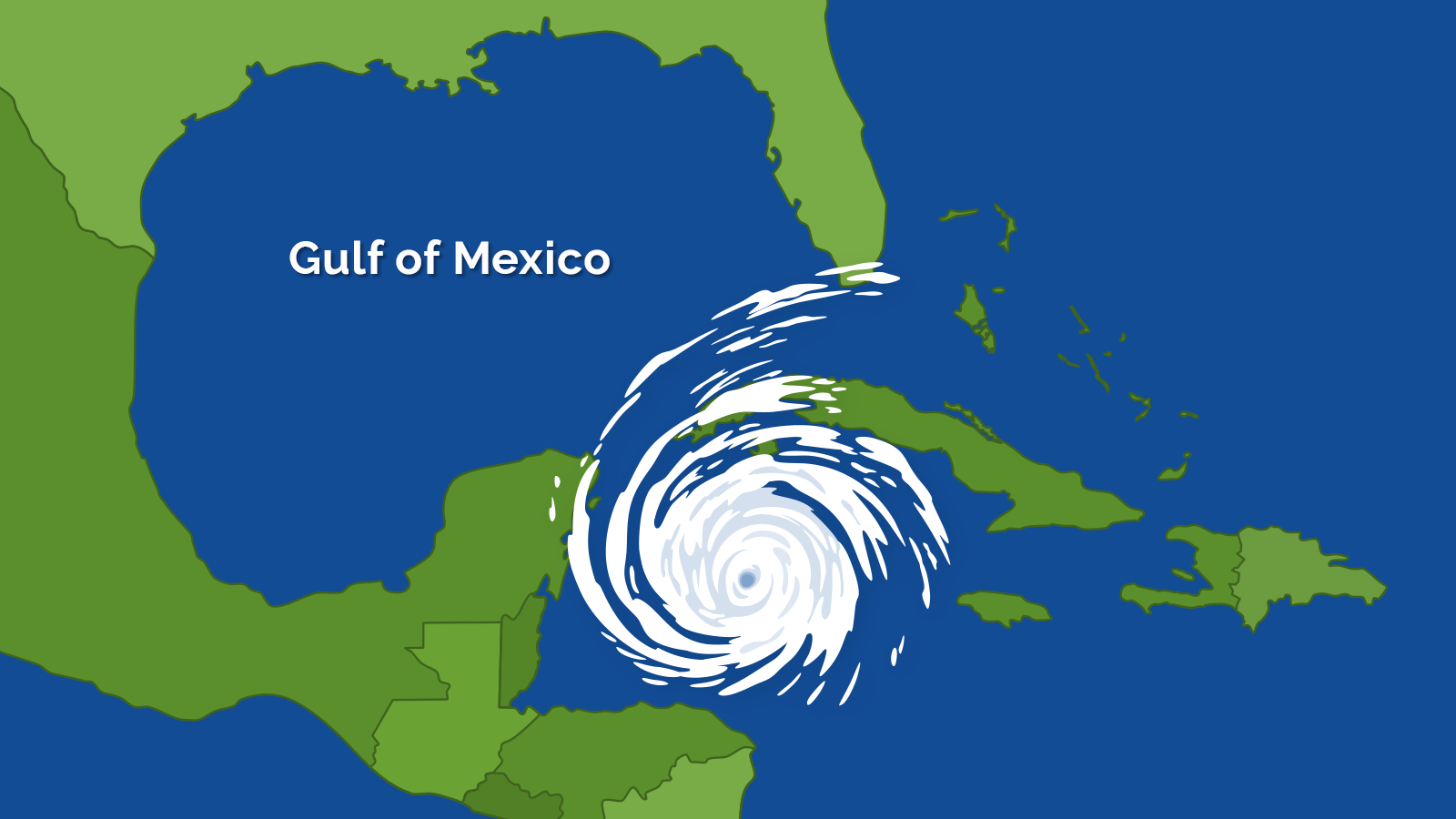
Insurance companies often put a hold on approving new policies when a storm is in the Gulf of Mexico.
It can be hard to imagine the drenching rains and powerful winds of a hurricane when a lot of Texas is suffering through drought-like conditions. But today’s high temperatures should be a reminder that some of the strongest hurricanes have formed in the heat of late summer, including Hurricane Harvey in August 2017.
Once a named storm enters the Gulf of Mexico, most insurance companies, including the Texas Windstorm Insurance Association (TWIA), stop selling new policies or making changes to existing ones.
That means you can’t wait until a storm is approaching to think about your insurance coverage, because you won’t be able to buy or change it then!
Of course, this is especially critical for Texans with homes near the Gulf Coast. But the effects of a hurricane, like flooding and tornado force winds, can extend well beyond the coast.
Which leads us to another key point, flood insurance. Most home policies don’t pay for damage from rising flood waters. Most people buy flood coverage from the National Flood Insurance Program. And unless you’re buying coverage for a new home, these policies don’t go into effect until 30 days after you buy them.
So again, you can’t wait until a storm is coming to ask: “Am I covered?”
Learn more
- Hurricane season: How to prepare your home and property
- Texas summer storm safety
- Hurricane Preparation Fact Sheet
May 20, 2021
Start preparing now for 2021 hurricane season
Hurricane season in Texas means the potential for strong storms and flooding. The season starts on June 1, but you can start now to make sure your home and family are ready.
We talked to the Texas Department of Emergency Management to get some tips.
Gabriela Stermolle says we should put together a disaster kit with food, water, important documents, and pet supplies in case we need to leave the house fast.
We can also make our houses storm ready and think about flood insurance. But don’t wait too long: it takes 30 days for flood insurance to take effect.
Watch our interview for more tips to help you prepare for hurricane season.
Learn more about preparing and flood insurance: Before the storm.
May 13, 2021
A look at the 2021 hurricane season
Tropical storm Andres made news this week as the earliest named storm to ever develop in the Pacific Ocean. If it’s a year for surprises, what can we expect for the Atlantic hurricane season? We talked to the National Weather Service to find out.
Paul Yura said the 2021 forecast will probably be like recent years. He also explained that rip currents and improper generator use can lead to more deaths than storm winds.
Watch our interview for tips to prepare for the hurricane season, which begins June 1. For bonus science points, you’ll also learn about Atlantic Multidecadal Oscillation and how it affects hurricane activity!
For more tips, see Before the storm.
Insurance tips and help
How to get help or file a complaint: We can answer insurance questions, help with problems, and explain how to file a complaint against an insurance company or agent.
Videos: Our video library has short tips and interviews with experts on dozens of topics.
Insurance tips: Use our tips to get the best deal on insurance, protect yourself from fraud, and learn what to do when you have a problem.

